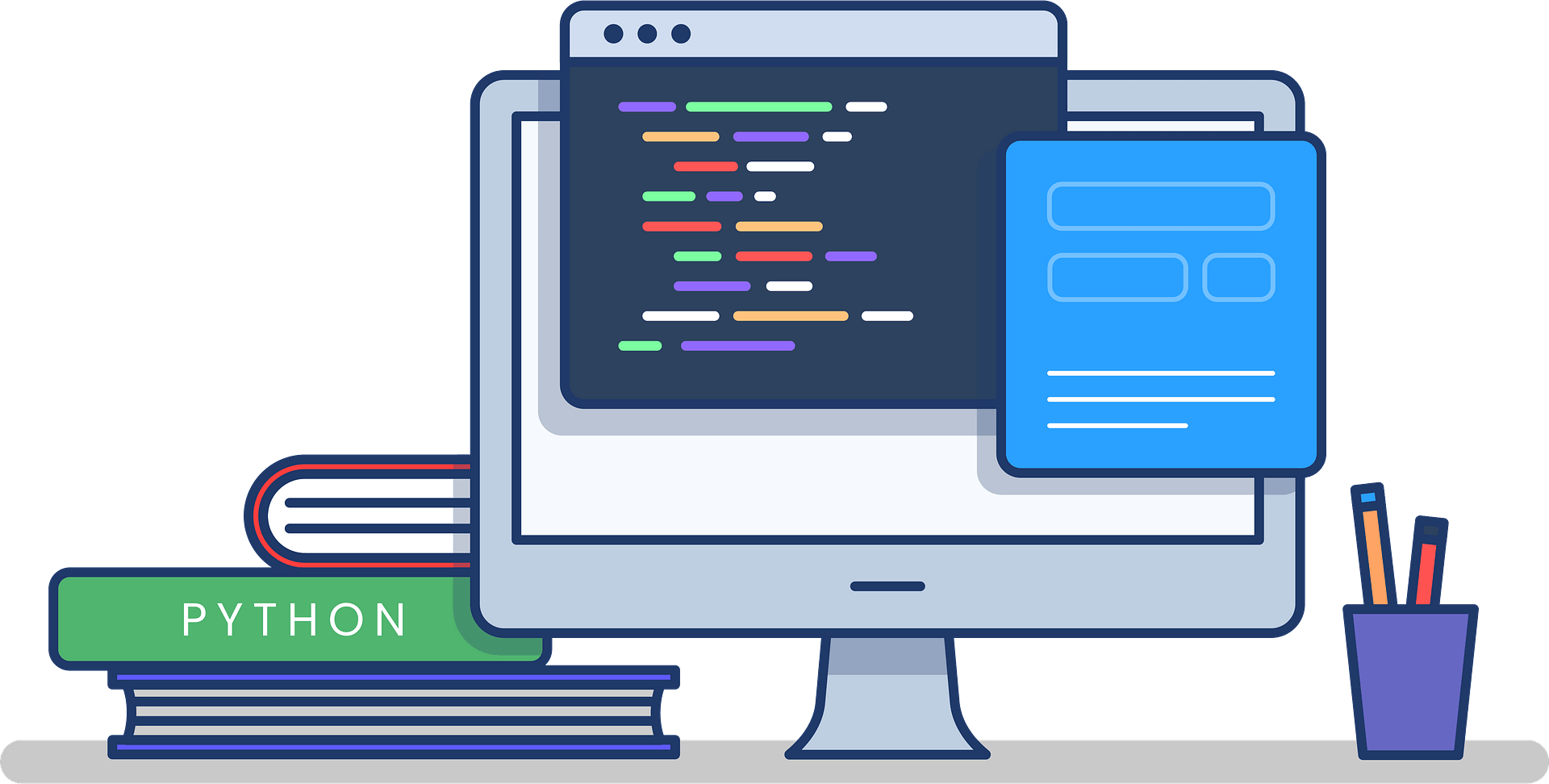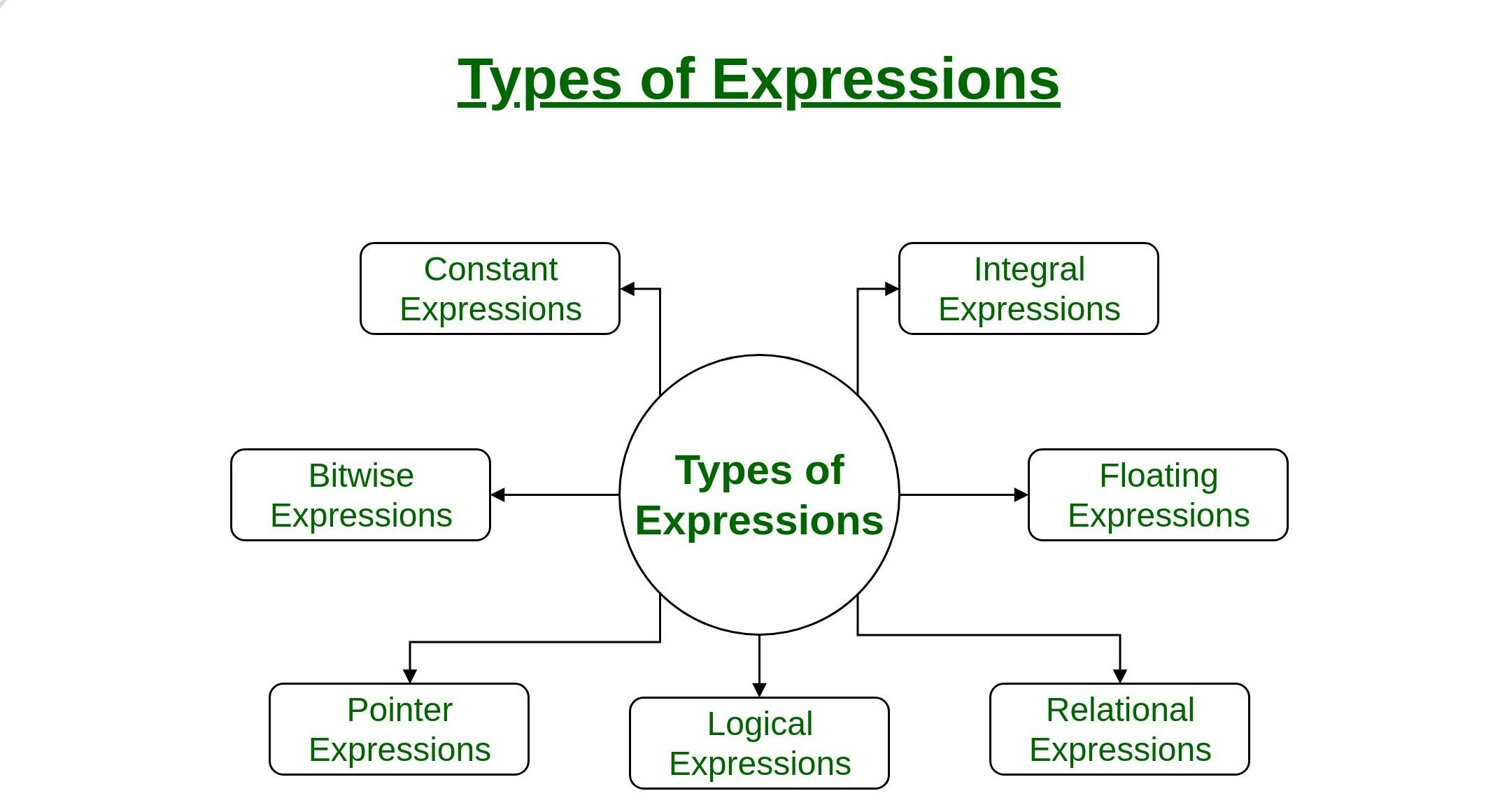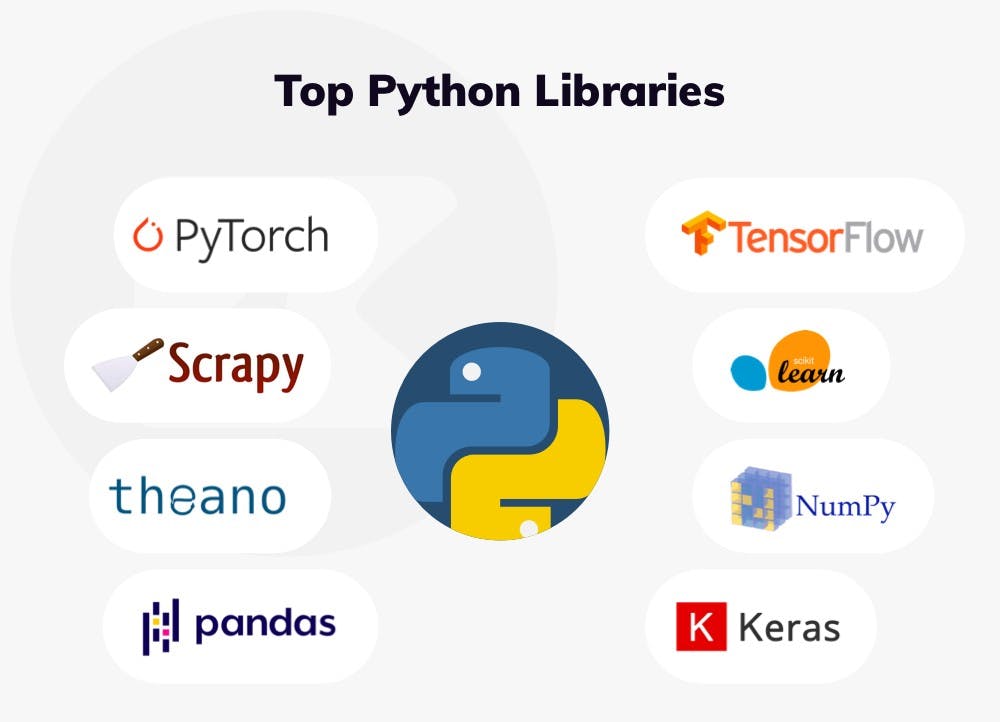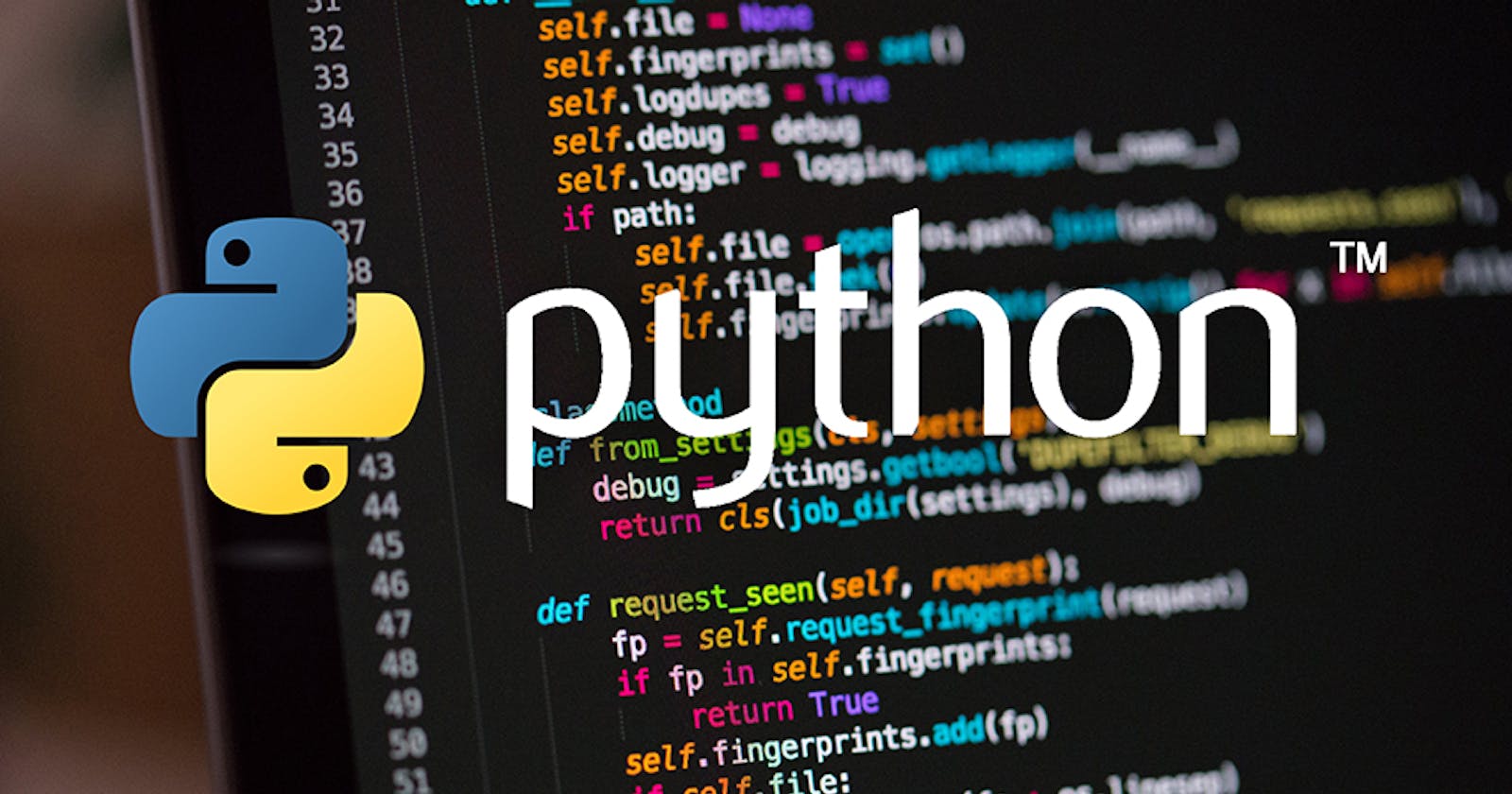Python is one of the most popular interpreted programming languages in the world. Designed by Guido van Rossum as a successor to the "ABC" programming language, Python was first released in 1991. It is a high-level general-purpose language, with its design philosophy emphasizing on code readability by using indentation. Python's language constructs aim to help programmers write logical code for both small and large-scale projects.
The language is dynamically typed and supports multiple programming paradigms. It fully supports Object-oriented and structured programming with several of its features supporting functional and aspect-oriented programming.
Python was designed to be a highly extensible language. This modularity made it extremely popular as a means of adding interfaces to applications which already exist. Due to its comprehensive standard library, it is often described as a "batteries included" language. We need to thank ABC for this feature, because the Python's designer's vision of a small core language having a large standard library stemmed from his frustrations with the ABC language, which was based on the opposite approach.

Syntax
Python's formatting is visually uncluttered, and it frequently uses keywords; whereas, many other languages depend on punctuation marks. Another notable difference in Python is that it does not use curly brackets to delimit blocks. It has very less syntactic exceptions and special cases than other languages like C.
Indentation
Python uses whitespace indentation to delimit blocks. Increase in indentation may come after certain statements, but a decrease in indentation signifies the finishing point of the block. This makes the program's visual structure accurately represents the program's semantic structure.
This feature is known as the "off-side rule". It may not be unique to python, but in carries semantic meaning; on the other hand, most languages does not have any semantic meaning in their indentation.
Variables
In Python, a variable name is a reference holder with no fixed data type associated with it. They can be rebounded to any object at any time. Although, at a given time, a variable will refer to some object, which will itself have a type. This is referred to as dynamic typing.
This is the exact opposite approach to languages like Java, C++, FORTRAN, Scala and Pascal as these are statically-typed programming languages, where each variable can only contain values of a specific type.
Expressions
An expression is a syntactic entity in a programming language that may be evaluated to determine its value. It is a combination of constants, variables, functions, and operators that the programming language interprets and computes to produce a value.

In Python, there is a distinction between expressions and statements. That is, a statement cannot be a component of an expression. This feature is uncommon as it is not found in some major languages such as Scheme, Common Lisp or Ruby. However, this leads to duplicating some functionality.
Typing
Python uses duck typing, which is an application used to determine if an object can be used for a particular purpose. In this language, type constraints are not checked at compile time. Failing implementing operations on an object signify that the given object is not of a suitable type.
Python is a strongly-typed language, so it does not allow poorly defined operations rather than silently attempting to make sense of them.
It allows programmers to define their own types using classes. New instances of classes can be constructed by calling the class.
Methods
A "method" in is a procedure associated with a message and an object. An object consists of data and behavior; these comprise an interface, which specifies how the object may be utilized by any of its consumers.
Python methods have an explicit self parameter to access instance data. Python also provides methods, often called dunder methods, to allow user-defined classes to modify how they are handled by native operations such as length, comparison, in arithmetic operations, type conversion, etc.
Libraries
Python has a large standard library. It has the ability to provide tools suited to many tasks. It includes modules for creating graphical user interfaces (GUIs), connecting to relational databases, generating pseudorandom numbers, manipulating regular expressions, unit testing and much more.
Most of the standard library is cross-platform Python code, so only a few modules need altering or rewriting for variant implementations.

Applications of Python
Python can serve as a scripting language for web applications. With Web Server Gateway Interface, a standard API has evolved to facilitate these applications.
Libraries such as NumPy, SciPy and Matplotlib allow the effective use of Python in scientific computing. Libraries such as Biopython and Astropy provide domain-specific functionality. SageMath is a computer algebra system with a notebook interface programmable in Python. Its library can cover aspects of mathematics such as algebra, combinatorics, numerical mathematics, number theory, and calculus.
Python is commonly used in artificial intelligence projects and machine learning projects with the help of libraries like TensorFlow, Keras, Pytorch and Scikit-learn. Python is often used for natural language processing because of its a modular architecture, simple syntax and rich text processing tools.
Python can also be used to create games, with libraries such as Pygame, which can make 2D games.
GNU Debugger uses Python as a pretty printer to show complex structures such as C++ containers. Esri promotes Python as the best choice for writing scripts in ArcGIS. It has been adopted as first of the three available programming languages in Google App Engine.

Many operating systems include Python as a standard component. It ships with most Linux distributions, and can be used from the command line terminal. Many Linux distributions use installers written in Python. For example, Ubuntu uses the Ubiquity installer, while Red Hat Linux and Fedora use the Anaconda installer.
Python is also used extensively in the information security industry, including exploit development.
Is it worth learning Python?
Since 2003, Python has consistently ranked in the top ten most popular programming languages. It was selected Programming Language of the Year in 2007, 2010, 2018, and 2020. It is the only language to do so four times.
Large organizations that use Python include Wikipedia, Google, Yahoo!, CERN, NASA, Facebook, Amazon, Instagram and Spotify. Even Reddit, the social news networking site, was written mostly in Python.
In the past three years alone, the value of Python has seen significant growth. And for the foreseeable future, it is not loosing its value. Thus, learning Python is definitely worth your time and energy.

